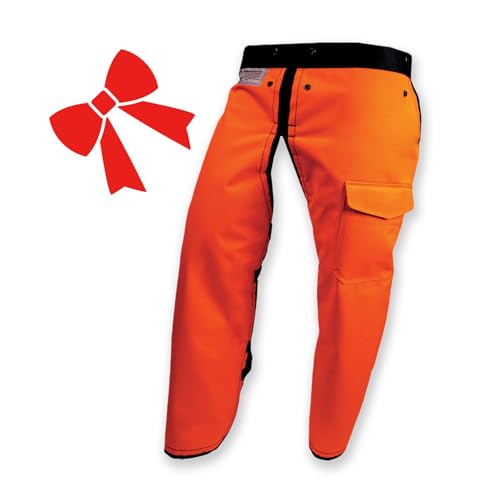High rakers make dust and slow cutting, so operator starting pushing harder which makes bar and chain hotter which can damage the bar, chain and sprocket.
Rakers set to the right height make chips, little pushing needed by operator and bar, sprocket and chain life are optimised. The one benefit is you get a nice smooth finish using ripping chain while milling.
Rakers set too low can repeatedly bog down the saw, constant jerky operation can damage bar, sprocket and chain. When milling the washboard effect is increased.
The "right height" depends on things like, the type of saw, whether you are ripping or cross cutting, type of chain and type of wood, and probably even the operator will have their own preference.
If your friend mills softwood, has a powerful saw, a strong upper body, a clean stong chain, and doesn't care about the finish of the cut, then dropping the rakers probably gives him faster cutting.
Some people like a constant height raker. For my 076, milling Aussie hardwood, using 3/8 full comp ripping chain, I use 1/10th of the gullet width. For softwood milling I usually go to around 1/9th of gullet width.
























































